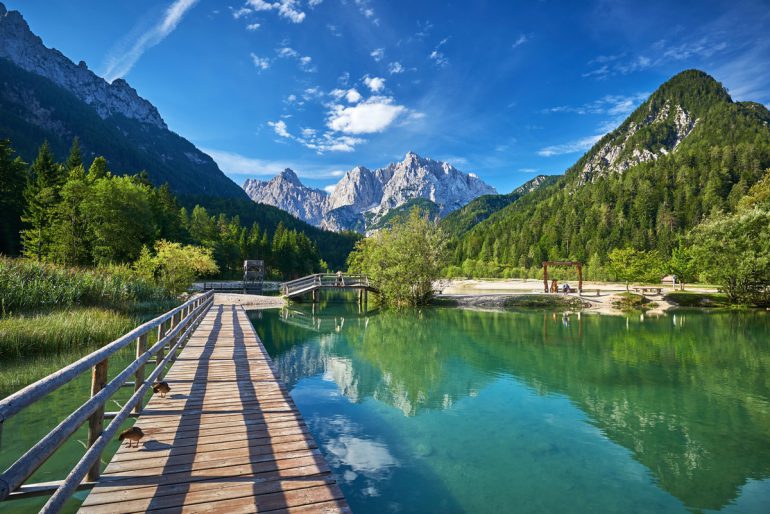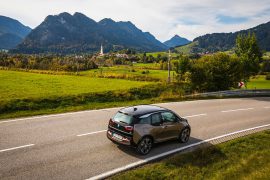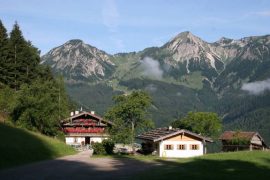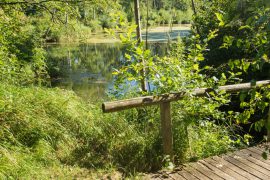Slovenia has numerous natural treasures and still largely untouched landscapes of various kinds. Alone 60 per cent of the world’s fifth greenest country is covered with forests. Slovenia is thus officially considered one of the most sustainable holiday destinations.
Natural treasures
With more than 22,000 animal and plant species, Slovenia is one of the most biodiverse nations in the world. With less than 0.004% of the earth’s surface, the small country is home to more than 2% of all terrestrial and freshwater species. With its committed policy to conserve biodiversity, the small country has taken on a pioneering role worldwide. In the last ten years, a consistent ecological orientation has also been initiated in tourism.
With more than 560 square metres of public green space per inhabitant, the capital city of Ljubljana has officially been able to call itself one of the greenest cities in Europe since 2016. With a few exceptions, the historic city centre is closed to public transport and is best explored on foot or by bicycle. Bicycles can be rented free of charge in the centre. The Ljubljanica River is part of the EU-wide Natura 2000 network of protected areas.
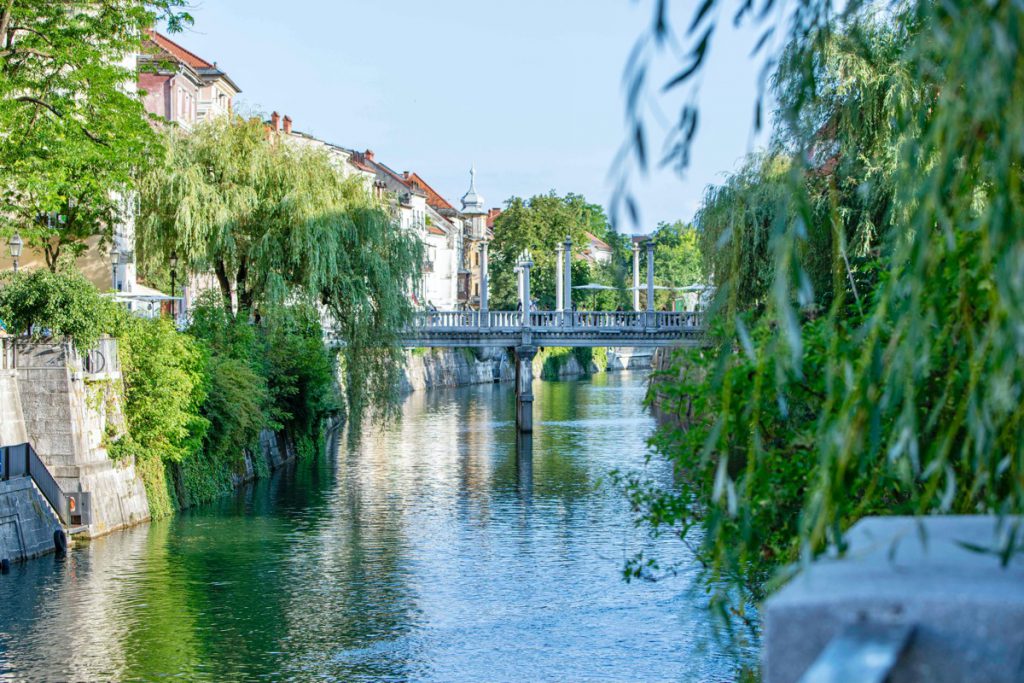
Triglav National Park and numerous nature parks
A good third of the country’s area has been designated as nature parks and reserves in accordance with the European “Natura 2000” initiative. The Triglav National Park is one of the oldest institutions of its kind in Europe. Here, visitors get fascinating views of impressive mountain giants, green Alpine valleys or crystal-clear streams and lakes. The national park, named after the country’s highest mountain, the 2,864-metre-high Triglav, covers a large part of the eastern Julian Alps and is home to over 400 two-thousand-metre peaks. Triglav National Park is the first biosphere reserve in Slovenia to be recognised by UNESCO’s Man and the Biosphere Programme.
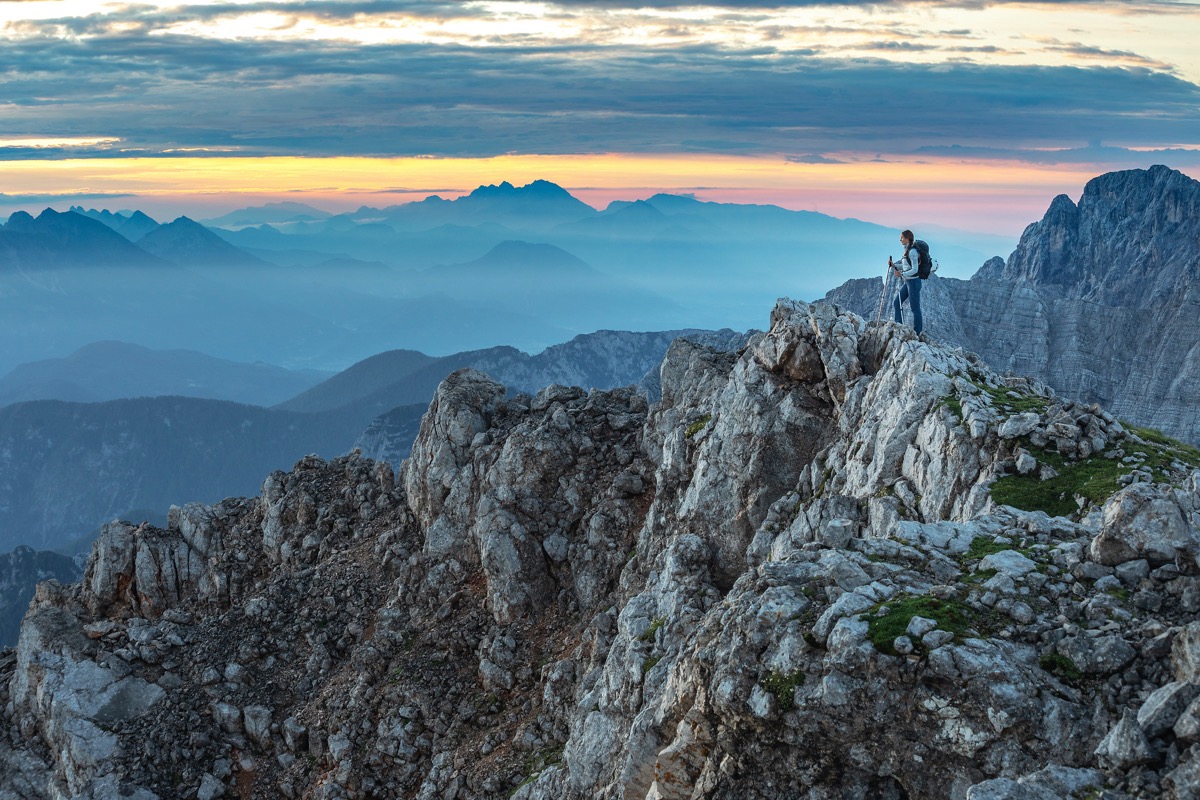
Eldorado for nature discoverers
Hikers, nature lovers, but also passionate birdwatchers, nature photographers and anglers get their money’s worth in Slovenia. The forests are home to endangered animal species such as wolves, lynxes, wild cats and capercaillies as well as numerous rare plants. The fact that Slovenia is home to the largest bear population in Europe also shows how unspoilt many regions still are. The Slovenian rivers and lakes are also home to a large and diverse variety of species.
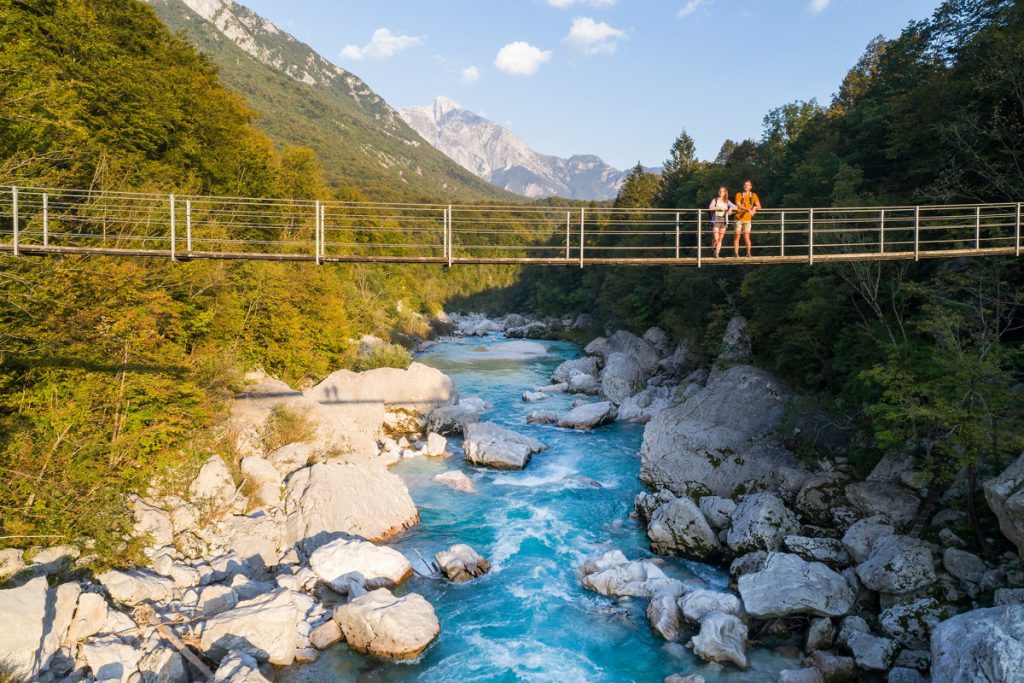
For example, some clean rivers are still home to crayfish, which are on the red list of endangered species. In the waters of the Soča and its tributaries, in the north-west of Slovenia, there is another special natural jewel, the Marmorata trout. With a length of up to 120 cm, this largest trout species with its striking “marble markings” would almost have become extinct had it not been for the efforts of dedicated fishing associations in the early 1990s to breed and save it.
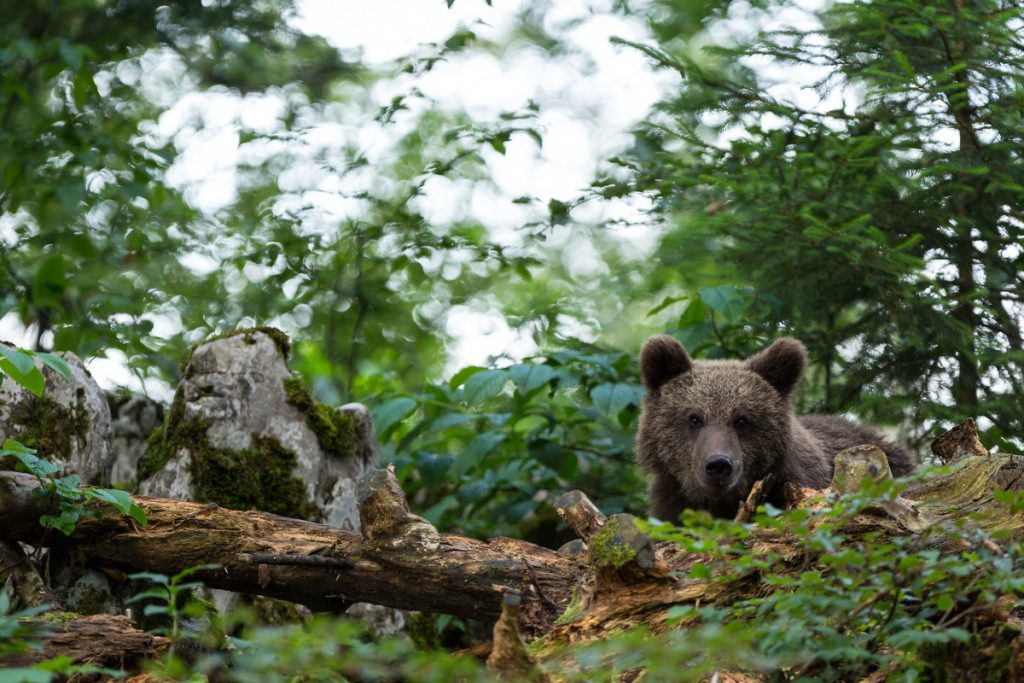
Outdoor action
Those who not only want to explore the beauty of nature, but also use it as a space for a variety of sporting activities, will also find numerous opportunities to do so.
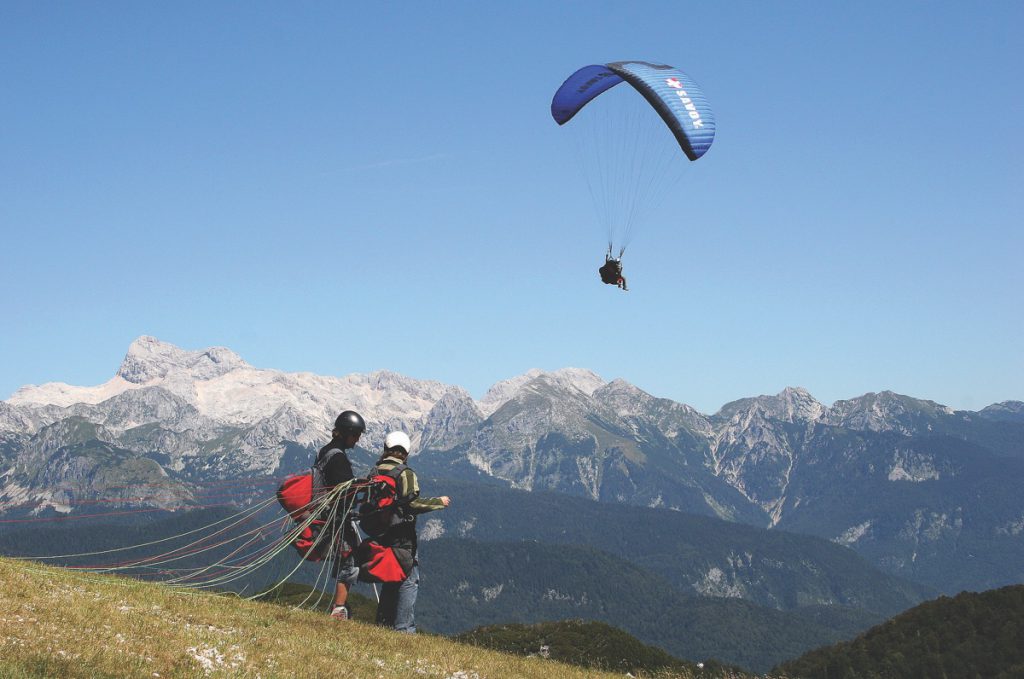
Whether a rapid descent on the country’s longest zipline, an adrenaline-pumping paragliding flight in the Julian Alps or a challenging rafting tour on the rushing Soča – Slovenia has many extraordinary experiences in store for adrenaline junkies. Climbing enthusiasts test their strength and dexterity in the numerous high rope parks.
On the shore of Lake Bohinj, the Bohinj “Adrenalin Park” awaits with climbing elements at dizzying heights, including a giant swing in the middle of the treetops. Adventurous families will find plenty of fun at the Postojna Adventure Park, located just a few steps from the famous Postojna Cave in the Karst.
Whether over the deep gorges of the Učja, over the steep ski jump in Planica or along the “Olimpline in Črna na Koroškem”, Slovenia’s longest uninterrupted zipline at 1,260 metres – daring descents are guaranteed.
Slovenia’s waters, first and foremost the emerald-green Soča River, entice you with rushing rapids to exciting rafting tours. Accompanied by experienced rafting guides, the rapid tours become unique and safe experiences.
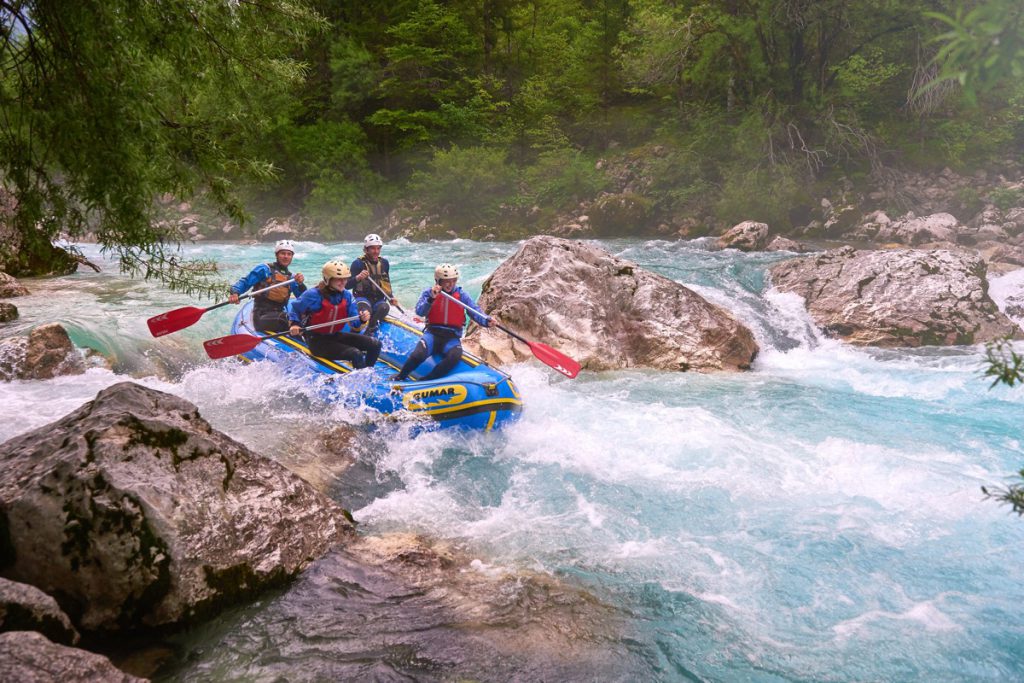
Kayakers will find their ideal outdoor playground in the rushing waters of the Sava, Savinja, Krka and Kolpa. An adventure of a special kind is also promised by the kayak tour in the mysterious underworld of the Petzen, where the disused mine shafts can be explored.
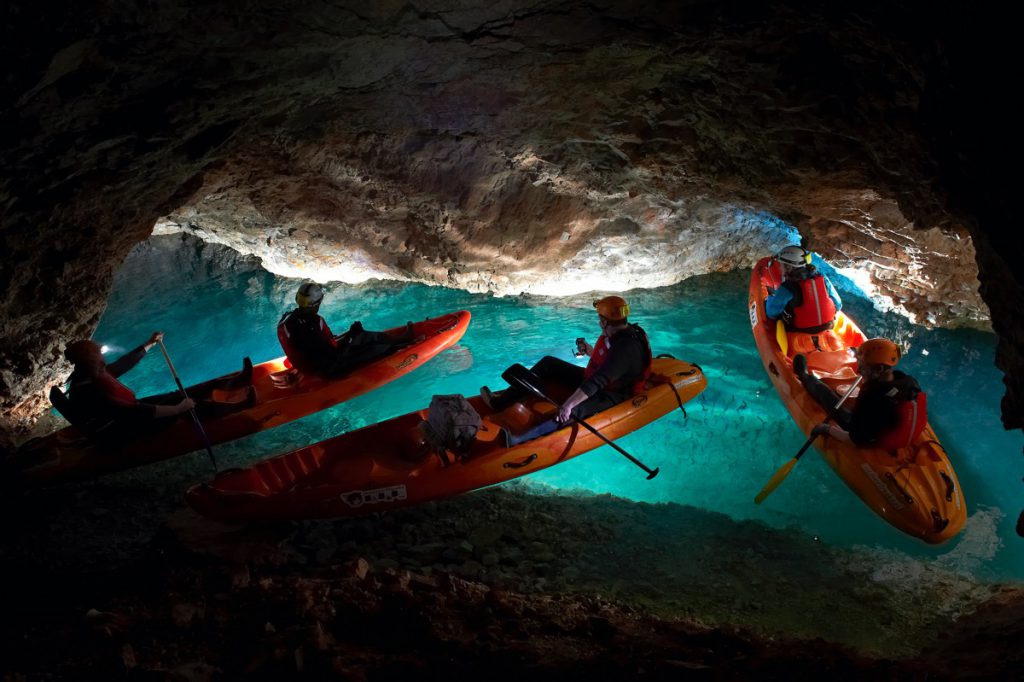
Active water rats who prefer to move a little more slowly on the refreshing water will get their money’s worth on the leisurely canoe trips through the Ljubljana moor or on the tranquil Bohinj Lake, in the heart of the Triglav National Park.
Equally fun are the guided canyoning tours, which will delight lovers of hiking, climbing and swimming alike. The popular gorges of the Sušec and Kozjak streams in the Soča Valley, with their narrow stream beds, picturesque waterfalls, steep natural walls and crystal-clear cols, are particularly well suited for an unforgettable outdoor adventure in Slovenia. A park that combines all these sports is the Adventure Valley in the picturesque Savinja Valley in the north of the country.
The small green country in the heart of Europe is also an ideal destination for an active holiday on two wheels. You can read about why Slovenia is a true paradise for (e-)cyclists, and (e-)mountain bikers soon in the article on sustainable mobility.
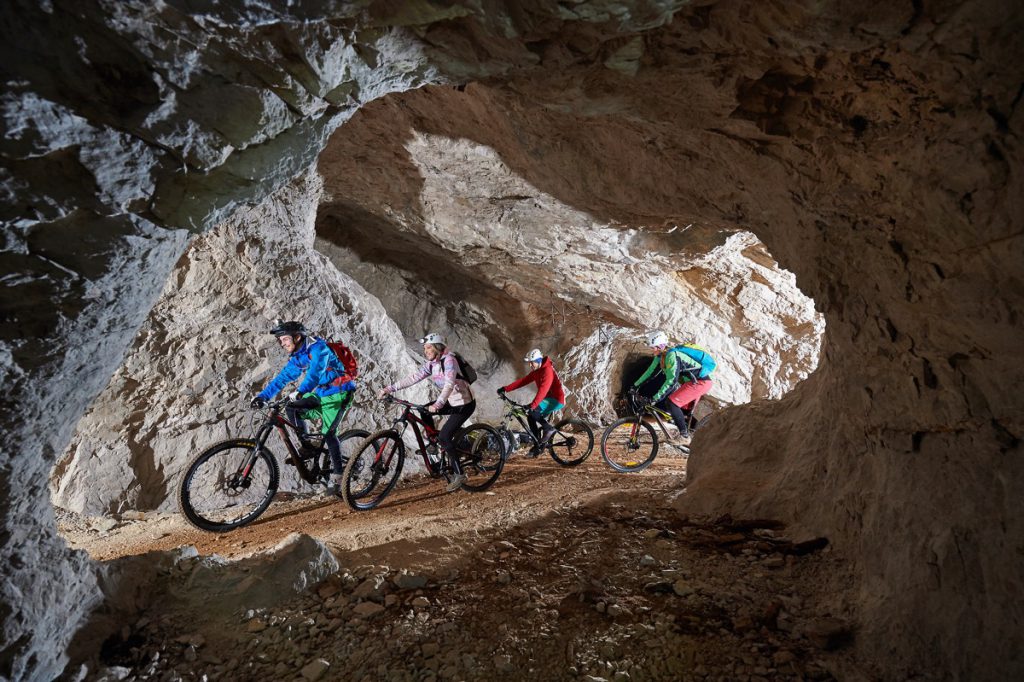
Advertising
On two wheels through the heart of Europe
Biking in Slovenia – From the Alps to the Adriatic Sea (Selfguided)
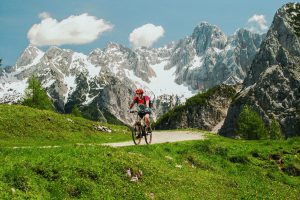
With Hauser Exkursionen, individual travellers don’t have to do without the comfort of professional organisation when biking between the Alps and the Mediterranean. Slovenia is bursting with originality and offers holidaymakers diverse terrain in a combination of adventure, hospitality and an optimal route network. Along the many bodies of water and surrounded by lowlands, mountain giants, forests, coasts and karst landscapes, Slovenian nature reads like a single green fairy tale. Instead of a tour guide, participants can plan their own time and let the app guide them over the Julian Alps to the Triglav National Park with Lake Bled, which is considered one of the most beautiful in the world. Passing traditional villages, the route leads via the Alpine town of Kranj to the country’s metropolis Ljubljana with its historic centre. On the way are the famous Postojna Cave and the UNESCO-protected Škocjan Cave with its underground river canyon and waterfalls. Over gentle hills with long grassy ridges and vineyards, Hauser holidaymakers cycle noticeably towards the sea to the picturesque coastal towns of Muggia, Strunjan and Piran. There, a relaxing swim in the Adriatic beckons.
10 days from 940 €/pers. incl. programme, digital road book and luggage transport
Photo (download): The self-guided tour “Biking in Slovenia”, described as moderate, takes Hauser travellers in ten days on mostly asphalted trails from the Julian Alps to the Slovenian Mediterranean coast. Picture credits: Hauser Exkursionen/Slo Active
Slovenian Adriatic – small but nice
Slovenia’s Adriatic coast stretches from Ankaran, close to the border with Italy, to the salt pans of Sečovlje near Portoroz on the border with Croatia. 46 km of coastline for one country seems quite manageable at first glance. However, the Slovenian Riviera fulfils all expectations of a picturesque Adriatic region within these few kilometres.

Coming from the green hinterland of the Slovenian Adriatic with its picturesque towns and sights, dreamlike beaches and bays entice you to stay longer in this region of Slovenia.
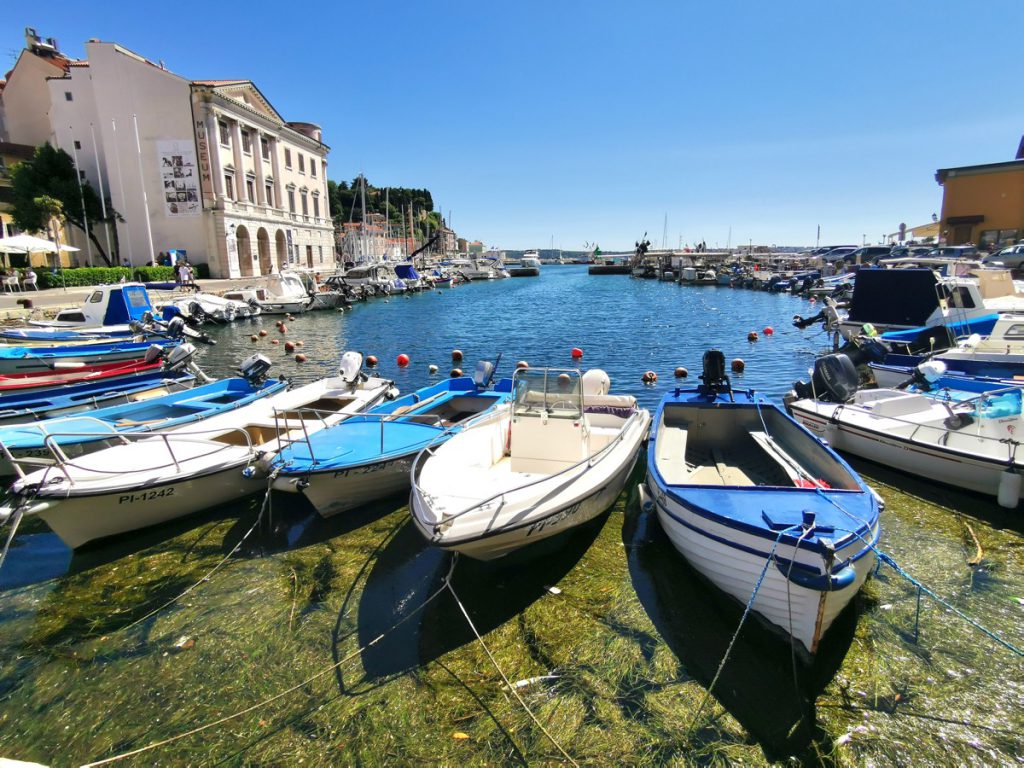
Species richness also in the saline region
The famous Piran salt pans were documented around the year 804. In the area of today’s Marina (Lucija, Portorož), the Strunjan and Sečovlje salt pans were redesignated as protected landscape parks. Of the two protected areas, the Strunjan Landscape Park impresses visitors with its steeply sloping cliffs, while at sea level, the Sečovlje Salt Works – the largest salt works in Slovenia – offers visitors the opportunity to admire traditional salt production and learn about its complex processes. The salt works is one of the last remaining salt works in Europe where manual salt collection is still practised.
Salt production without the use of machinery did not harm the environment, but on the contrary created a refuge for many plant and animal species. Among them are numerous endangered bird species such as Stilt, Little and Little Tern, Kentish Plover and Little Egret.
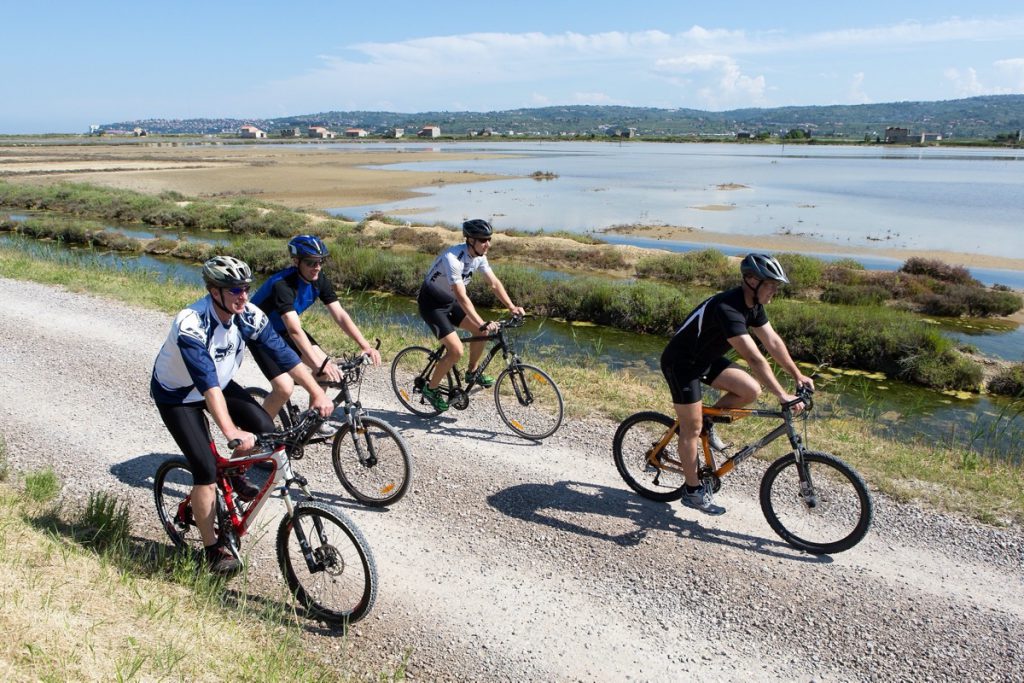
Some of the most common species are the salt-tolerant plants, called halophytes, which especially in summer delight the eye with a red and purple play of colours. The Sečovlje saltworks were included in the list of wetlands of international importance by the “Ramsar Convention” and serve primarily for nature conservation. It is thus an important ethnological, cultural, ecological and tourist destination.
A highlight in the midst of the salt flats – the Lepa Vida Thalasso Spa
In the northern part of the Sečoveljske soline Landscape Park lies the Lepa Vida Spa. Water and mud from the salt pans have always been used for baths and packs.
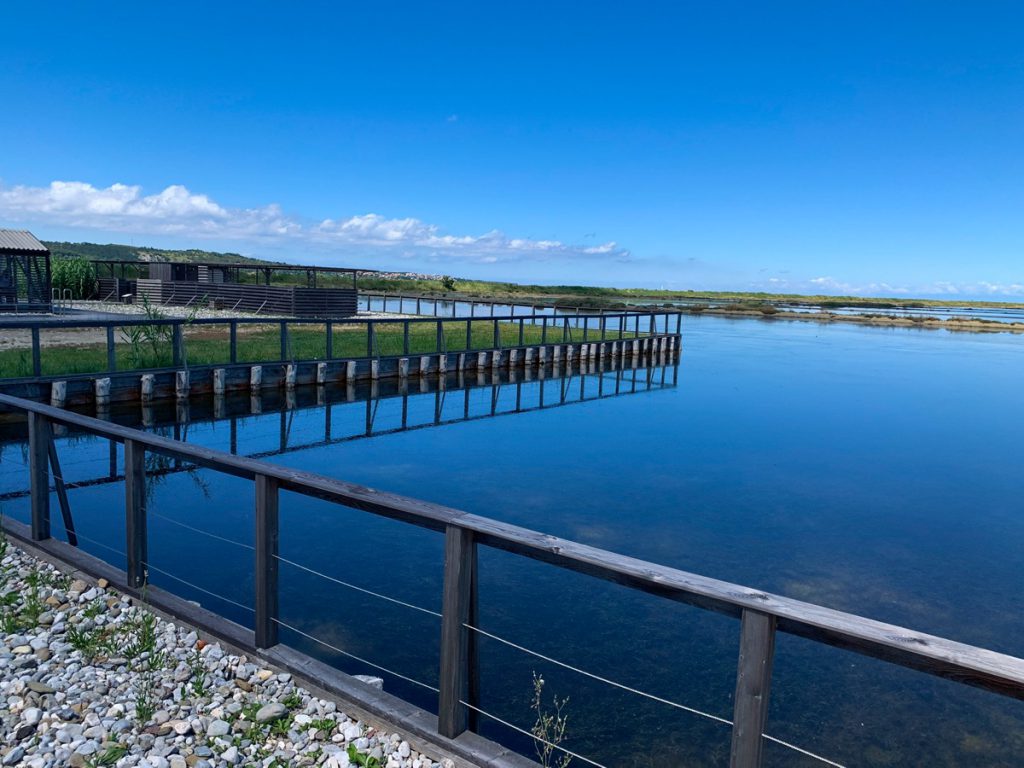
The salt mud and brine are the most important factors in thalassotherapy, which uses the beneficial effects of marine products, the seashore and the climate to strengthen the natural defences and improve general well-being.
Text: Elmar Thomassek, Peter Grett, Slovenia Tourism
Pictures:
Lutz Dürichen:
Picture 1 Ljubljana, Picture 9 Hinterland, Picture 10 Harbour, Picture 12 Lepa Vida
Tomo Jeseničnik, www.slovenia.info:
Lead image, image 7 kayaks, image 8 underground biking
Jošt Gantar, www.slovenia.info:
Picture 2: Triglav National Park, Picture 3 Bridge
Jaka Jeraša, www.slovenia.info:
Picture 11 Cyclist
Iztok Medja, www.slovenia.info:
Picture 6 Rafting
Christine Sonvilla, www.slovenia.info
Picture 4 Bear
Uroš Novak, www.slovenia.info
Picture 5 Paragliding

